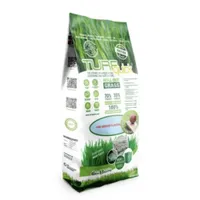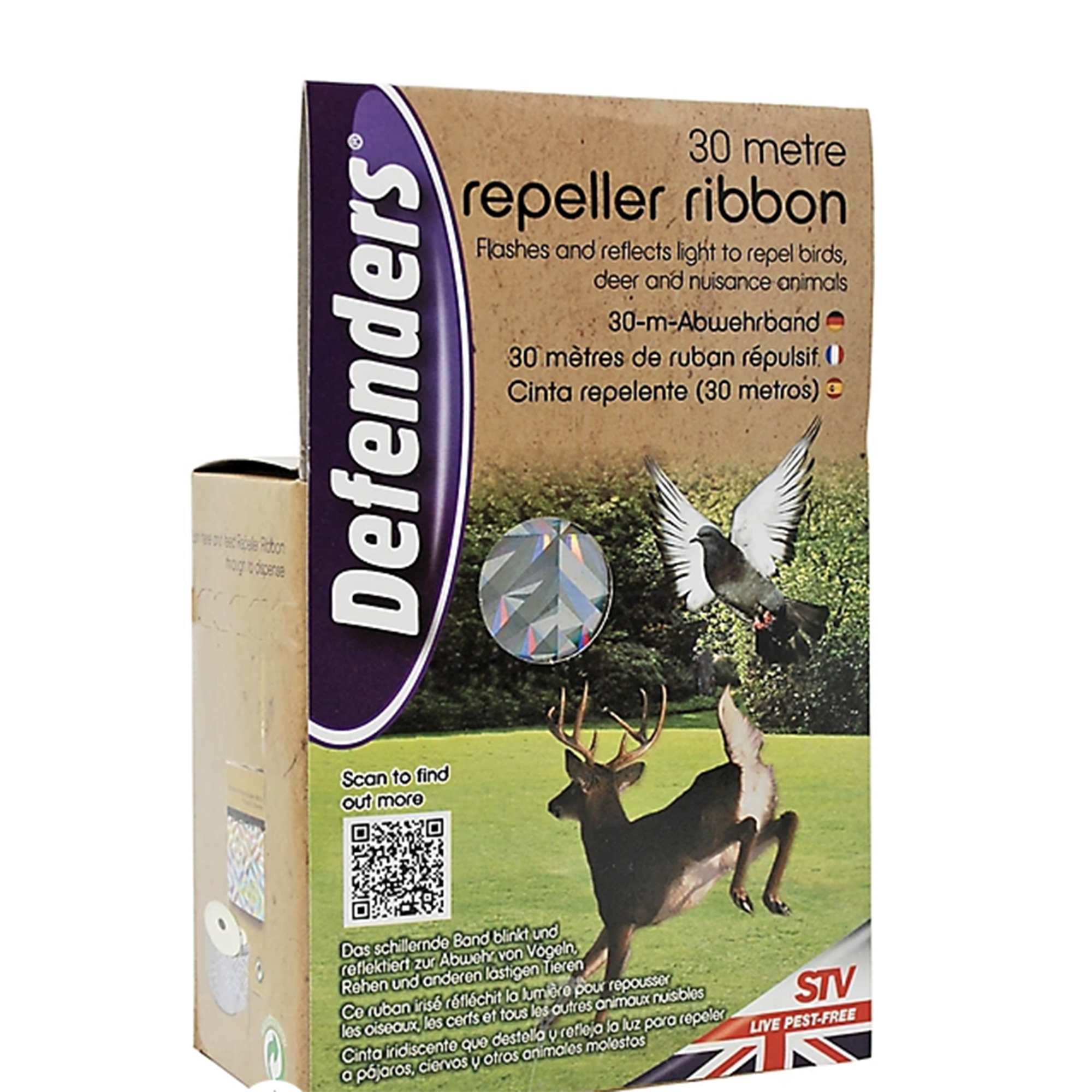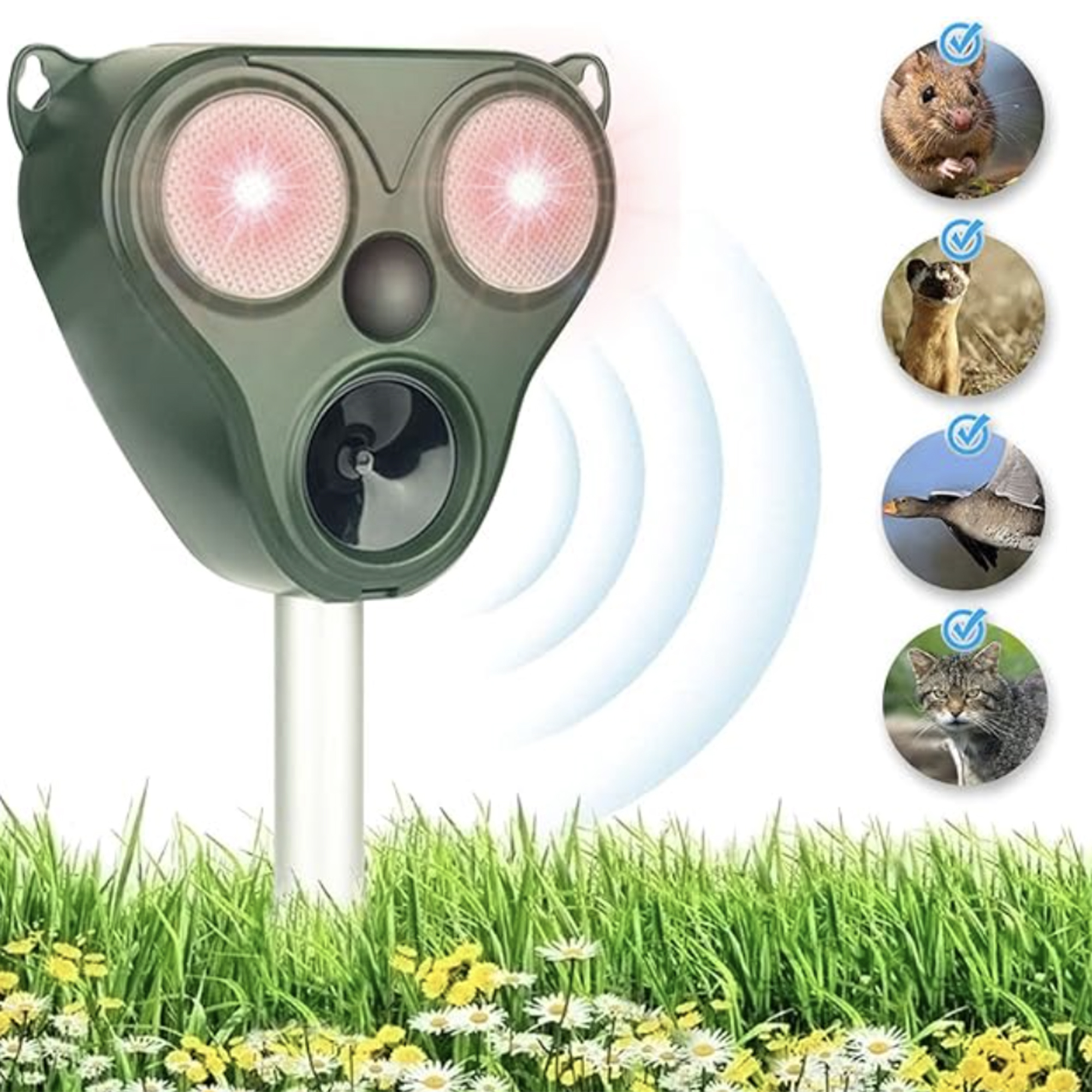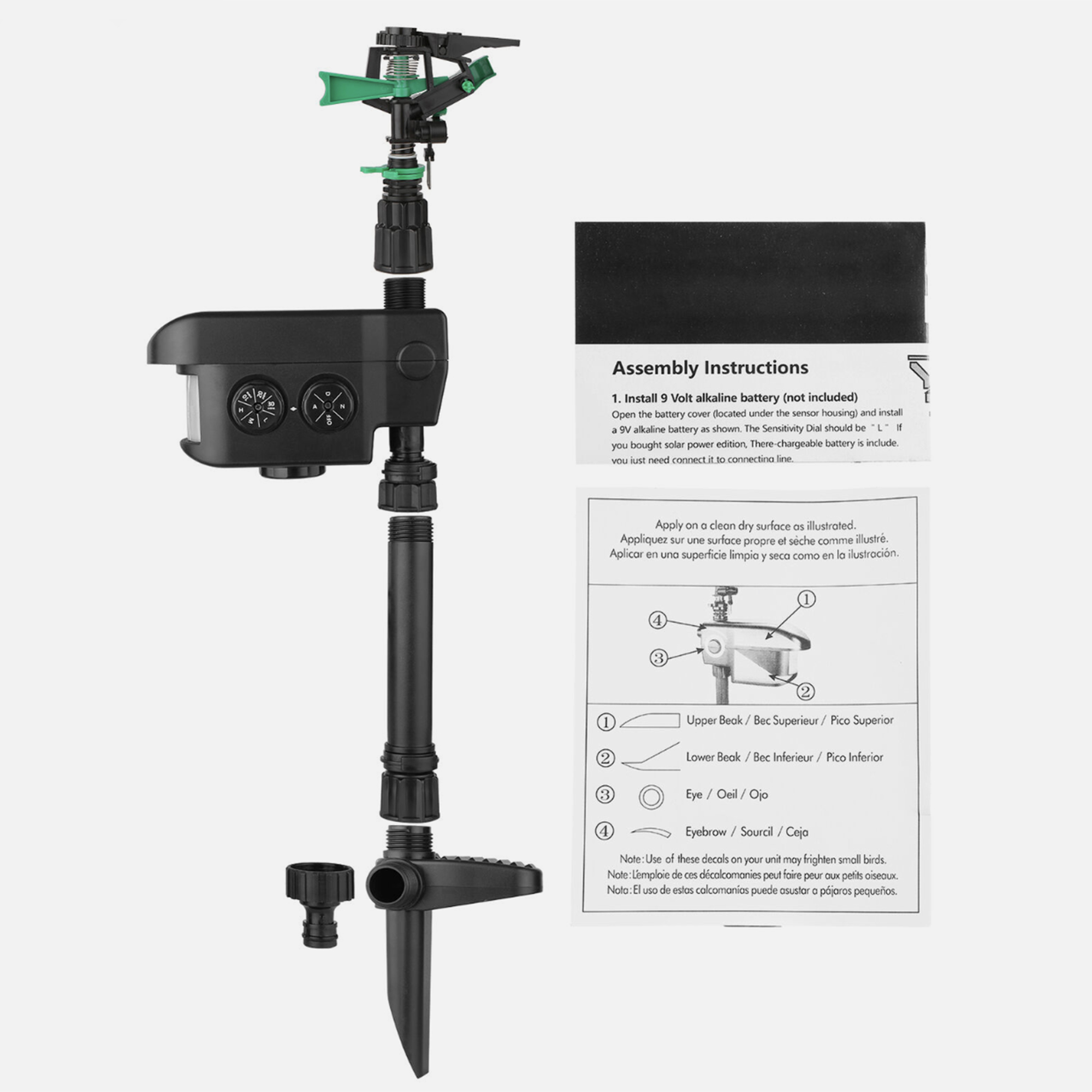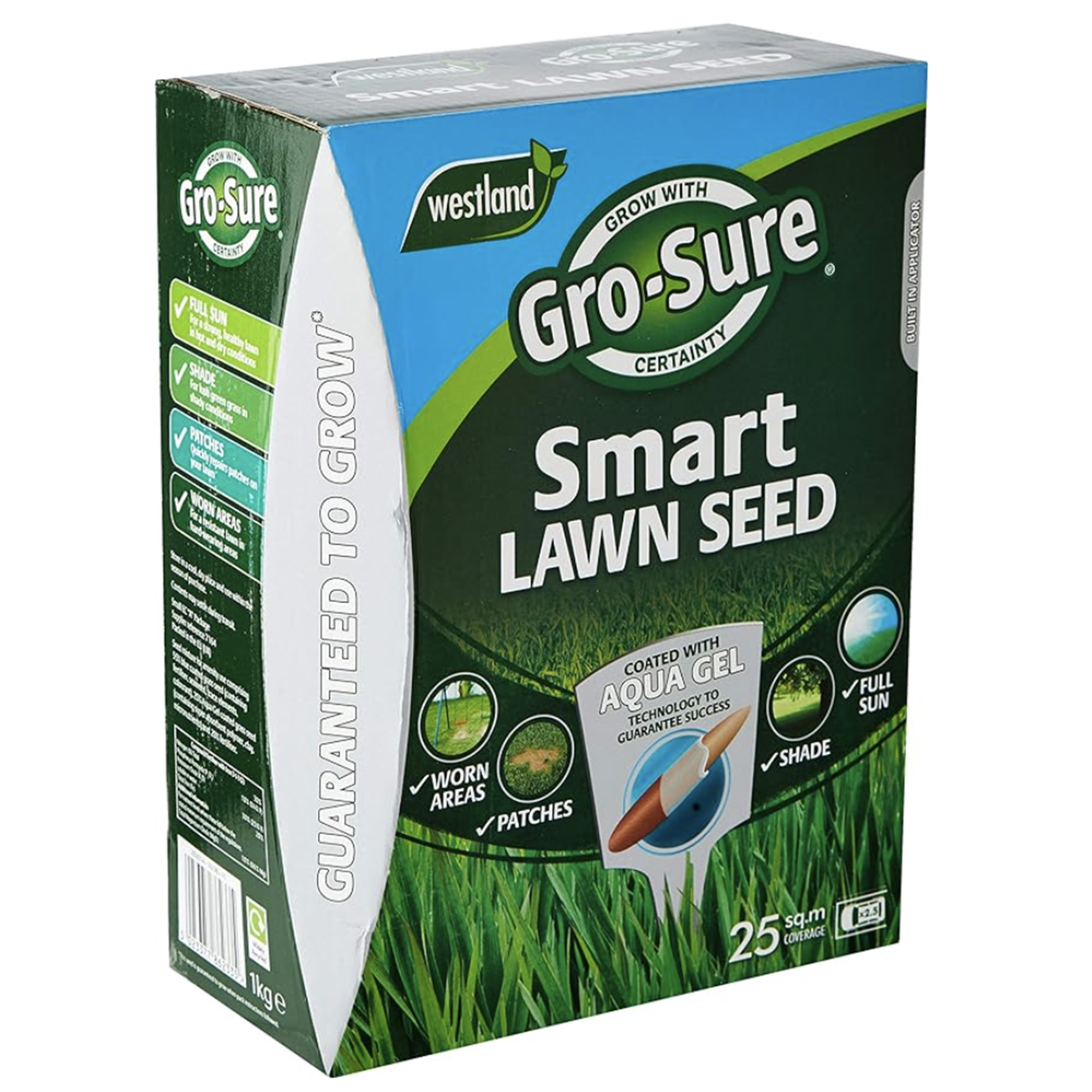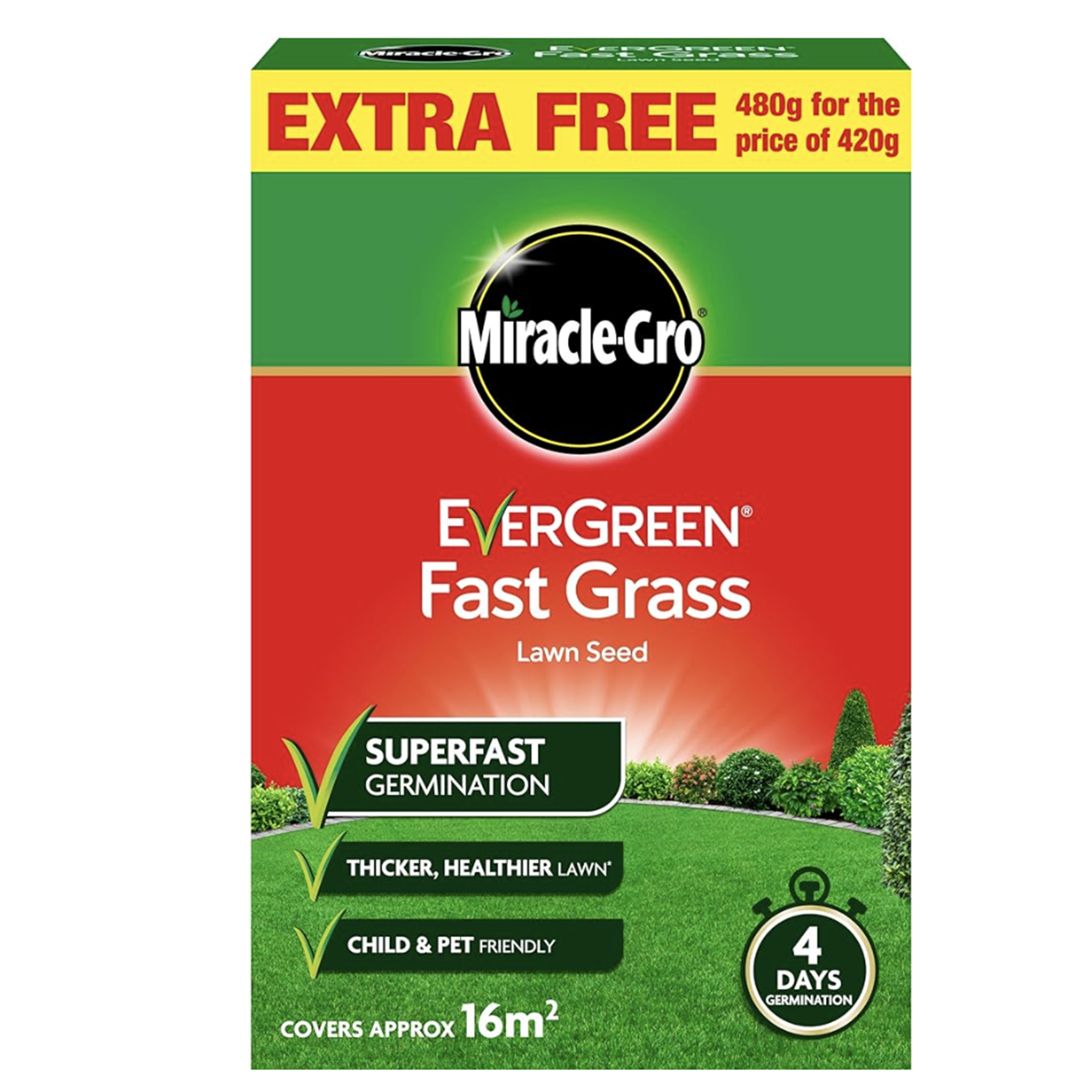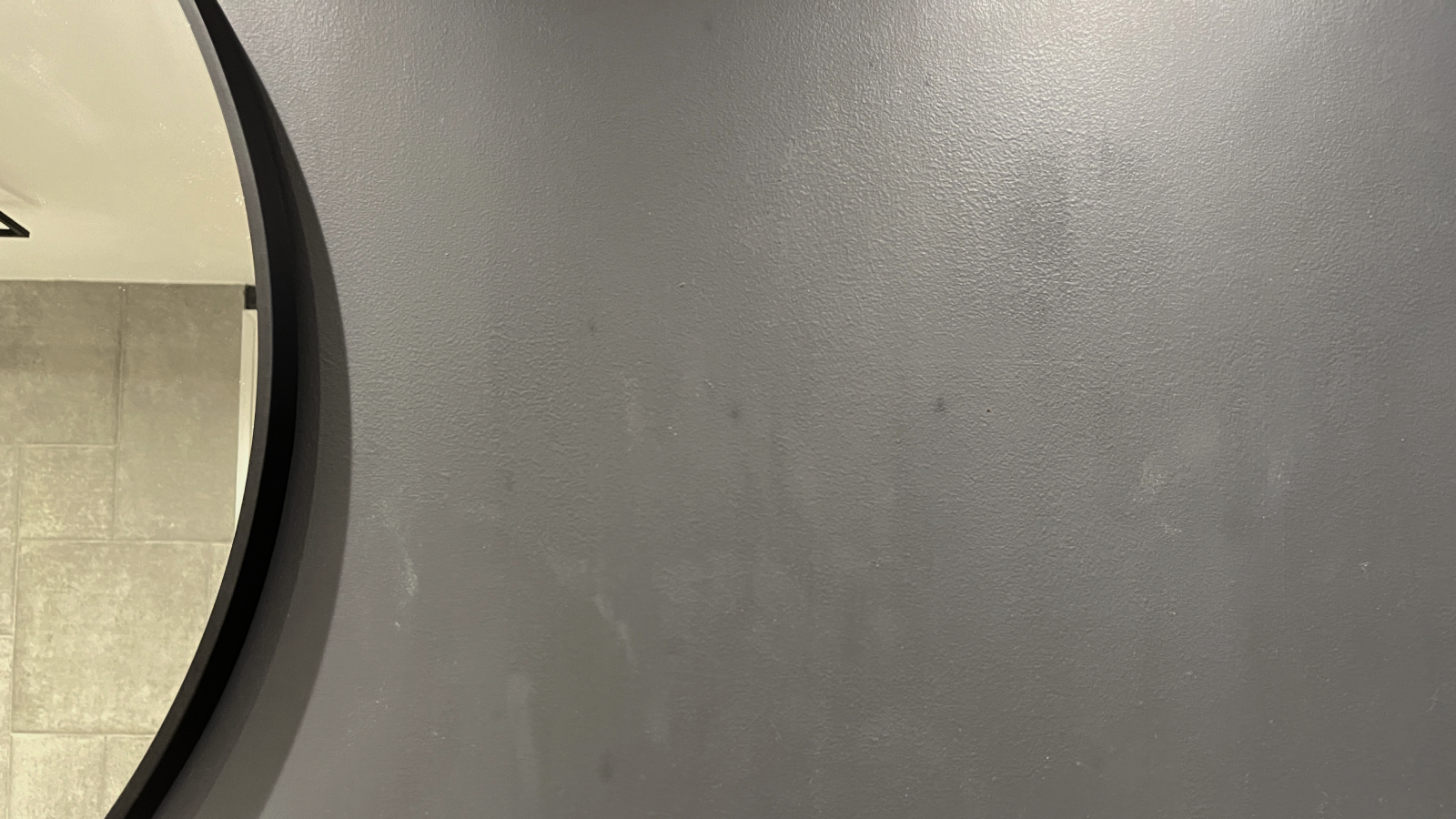We asked the experts to explain how to stop birds eating grass seed
Don't let your hard work go to waste when hungry feathered friends come to call
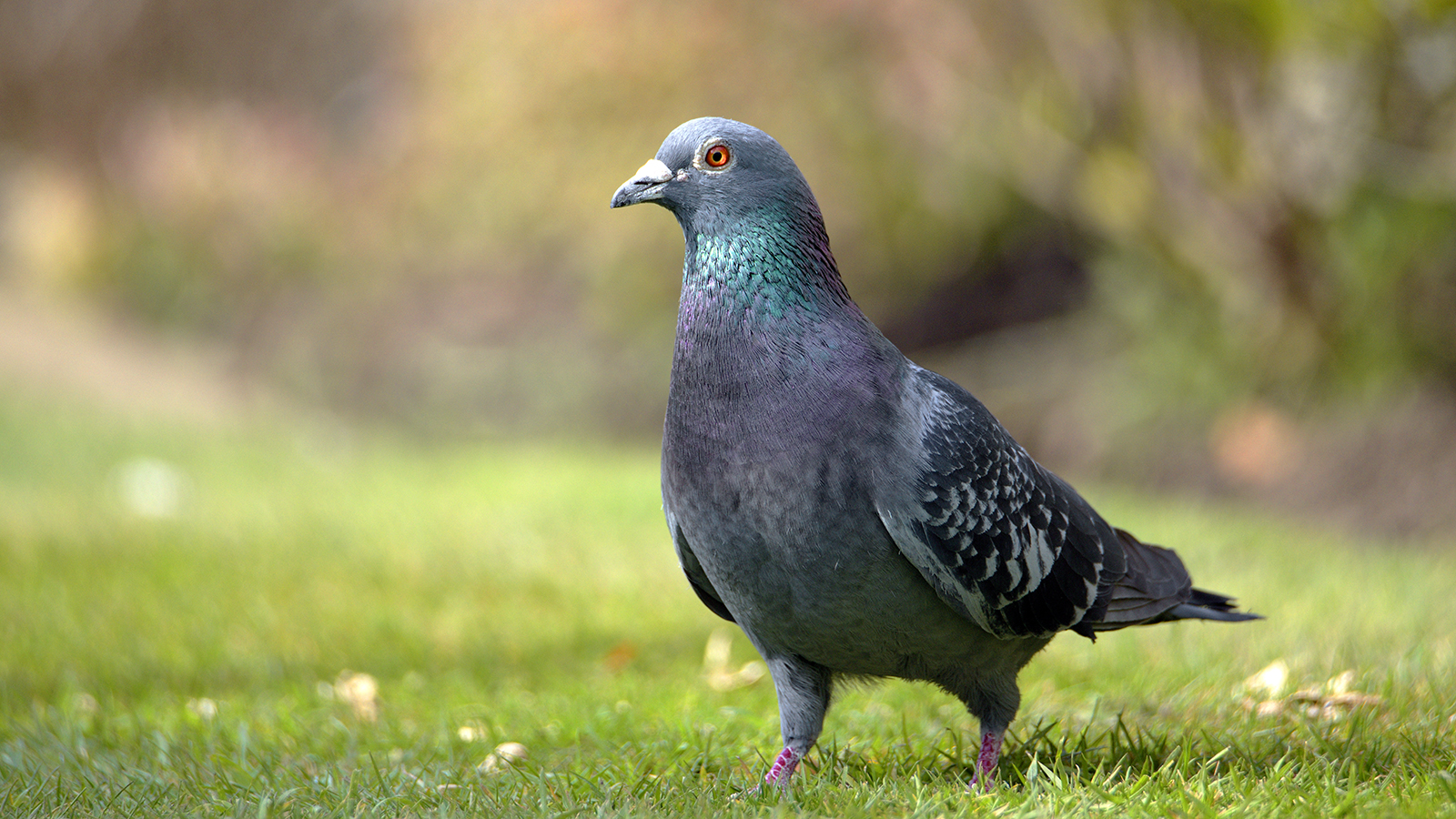
Knowing how to stop birds eating grass seed is vital if your garden is frequented by serial suspects such as pigeons, sparrows, finches and doves. They can't resist a patch of freshly sown nutrient-rich grass seed, much to the frustration of the gardener.
Whether you're sorting out bare patches, or cultivating brand new lawn ideas, beady eyed birds can spot seed and swoop in before they've taken root. But this can be prevented without resorting to desperate measures.
"I always advise pursuing the most humane, ethical deterrent options before even considering anything harsh that could potentially harm our avian pals. With some good old-fashioned persistence and covering tactics, you can absolutely have a lush lawn without jeopardising the local bird population," says Dr Daisy May, veterinarian and bird blogger.

Dr Daisy May is a veterinary surgeon. Alongside clinical practice, she is a published freelance copywriter, proud Veterinary Expert at Readyr.com as well as owner and blogger of a specialist bird blog.
7 ways to stop birds eating grass seed
If you want to sow grass seed it's worth mentioning that none of these methods are entirely fail-safe at preventing your seed being eaten by birds, although learning how to lay turf would be a sure way to avoid this problem when starting a new lawn.
The methods below, however, have all been known to work well as a deterrent to birds eating grass seed without harming wildlife.
1. Mulch over your seeds
One of James Ewens', Commercial Director at Green Feathers, favourite methods for how to stop birds eating grass seed, is to put down a layer of mulch or compost on top of your seed after your sowing.
"Lay around ¼ inch of compost on top of the seeds. Not only is this beneficial for your grass - which will be getting a boost of nutrients to promote strong growth - but the extra layer will hide the seeds from sight, as well as making them difficult to dig for," says James.
Bring your dream home to life with expert advice, how to guides and design inspiration. Sign up for our newsletter and get two free tickets to a Homebuilding & Renovating Show near you.
Whilst this is great if you're overseeding patches or laying a small area of lawn, buying enough compost to cover a large area will be expensive.

James Ewens is commercial director of Green Feathers, bird box camera and wildlife specialists, and is a self-proclaimed garden enthusiast. James is passionate about all things to do with nature, gardening and wildlife. When he's not tending to his own outdoor space, he's usually checking on his bird and hedgehog cameras.
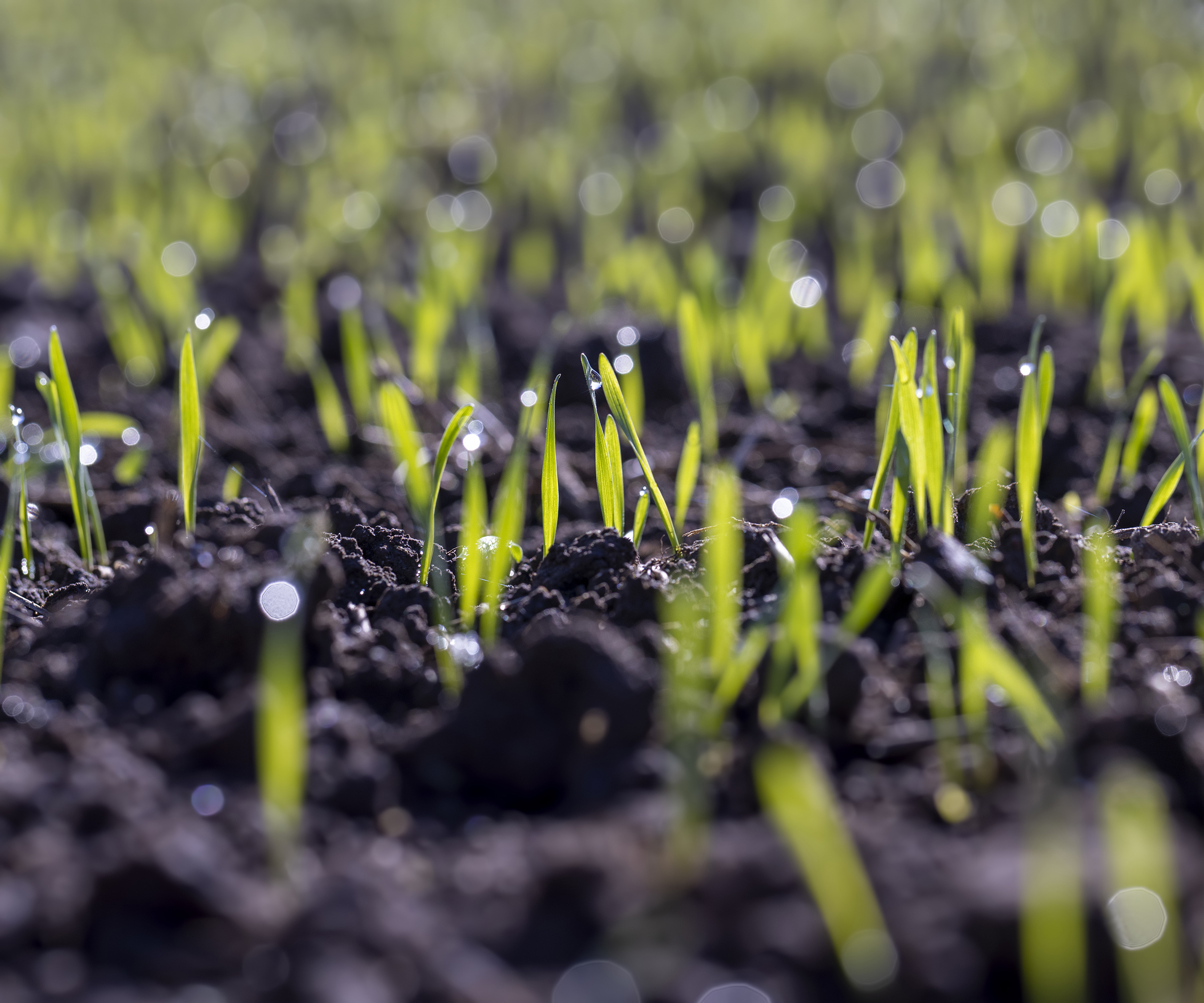
2. Lay garden fleece on top
“If you don’t want to go down the mulching route, but would still like a protective covering, a garden fleece might be a better option," suggests James Ewens.
"These trap in heat while allowing moisture to pass through, creating the perfect environment for your grass to thrive alongside acting as a barrier between your seeds and birds," says James.
Alternatively, Dr Daisy May mentions lightweight netting, burlap sacking, or a nice thick layer of straw or hay mulch as an effective first line of defence against birds eating grass seed.
"These barriers make it prohibitively difficult for our feathered friends to go exploring for those seed treasures until the grass sprouts take firm root is what you should be aiming to do," says Dr May.
Try Fleece protection at Agriframes, where you can buy only what you need by the metre.
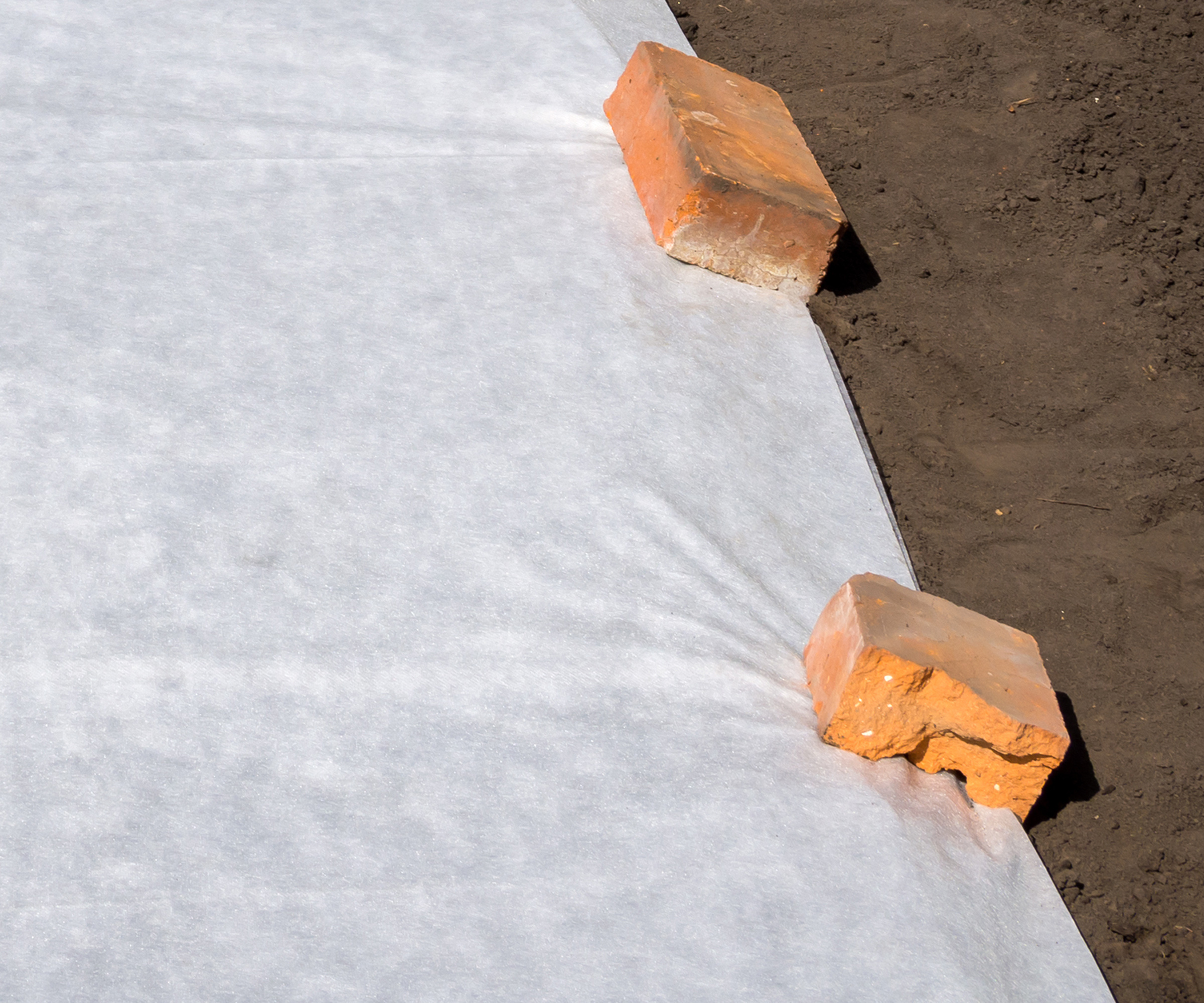
3. Try a grass seed mat
These products may turn out to be a good option for those looking for complete bird- protection. The mat is impregnated with grass seed which is simply rolled out onto your prepped area.
The mat ensures an even coverage and keeps the seed in place once it's been watered as the seed tends to become dislodged by water. As the seeds are integral to the mat, birds won't be able to eat them.
The mat retains moisture and biodegrades, eventually disappearing into your soil. The mat also keeps weeds from popping up during the germination process.
This is still a cheaper alternative than how much it costs to returf a lawn but be advised that product quality will vary massively depending on how much you're willing to spend. Don't be taken in by overly cheap products online as you might be disappointed with the results.
The cellulose fibres in this grass seed mat holds onto 10x more moisture than soil. It can be easily cut to size using ordinary scissors and will stay in place once watered.
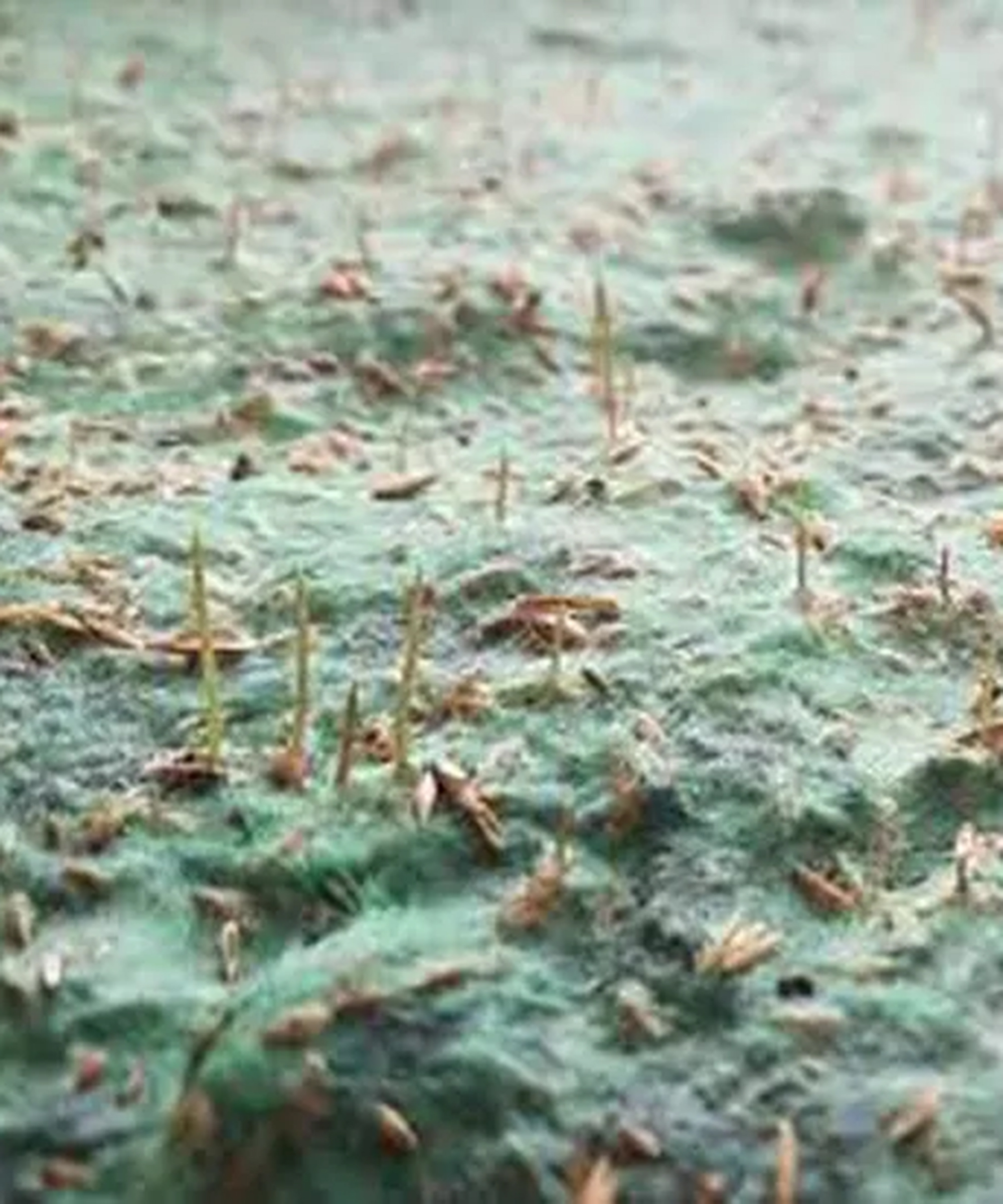
4. Put up reflective objects as a deterrent
“Birds have an aversion to reflective objects, with the glinting light looking like movement and making them retreat back to the tree branches," says James Ewens.
"Something as simple as tin foil or old CDs and DVDs can work wonders placed around your garden. Ensure they are secured so they don’t blow away. If you want something a bit more atmospheric, wind chimes can also be excellent for this task, and the noises they produce help to deter birds even more," says James.
Shop bird deterrents for your garden
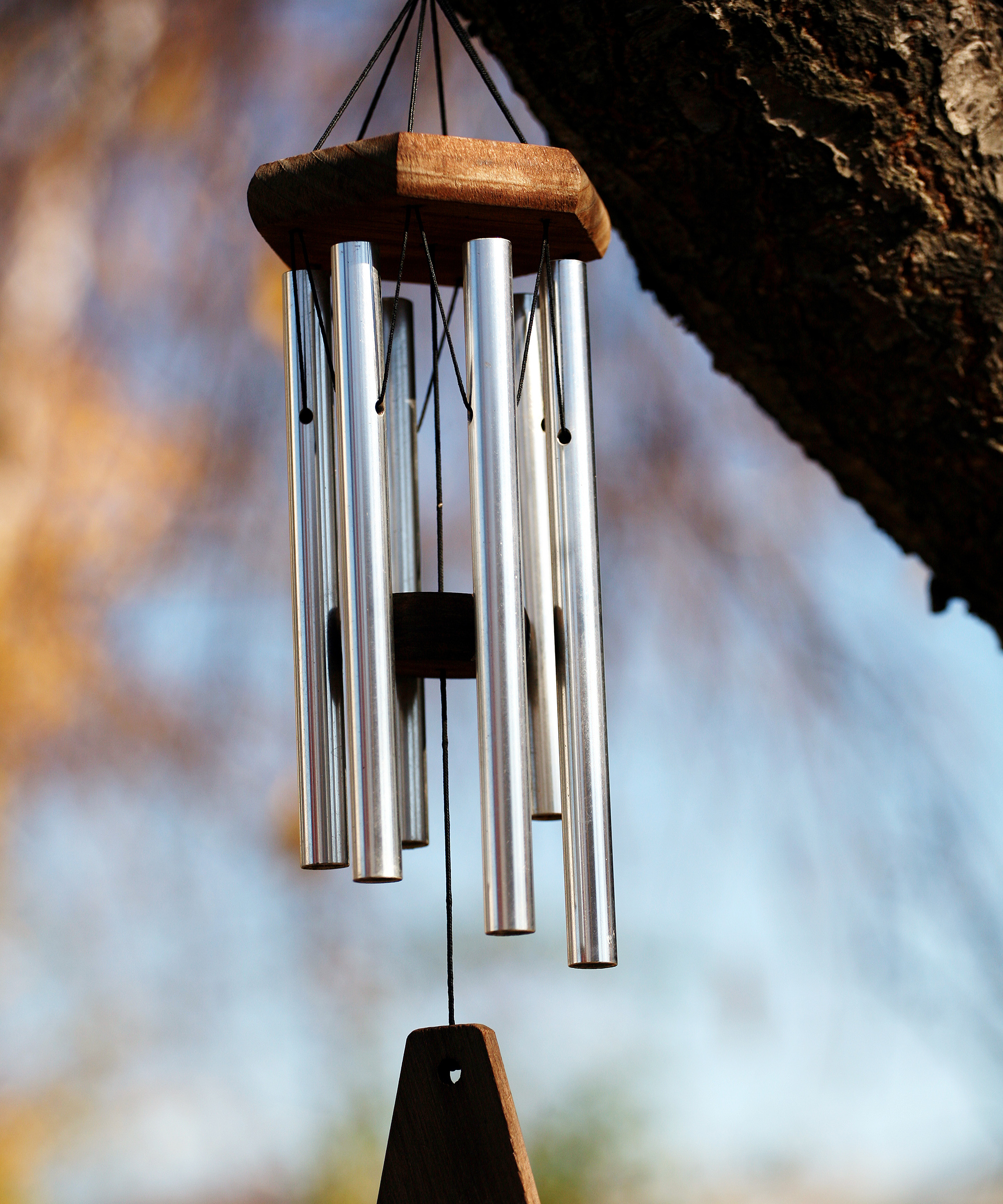
5. Scatter seed elsewhere as a decoy
If you don't want to discourage them from visiting your garden, an eco-friendly garden method of discouraging them from eating your grass seed can be to leave other food sources out for them, so they go for this rather than your grass seed.
"You could scatter bird seed in a different part of the garden, or hang some bird feeders up to keep them occupied," says James Ewens. "While there’s still a chance that they could stray and have a nibble at some of your grass seeds, it’s up to you if you think that it’s worth it for all the benefits having some birds around the garden can bring, e.g. fertilising, pollinating and pest control.”
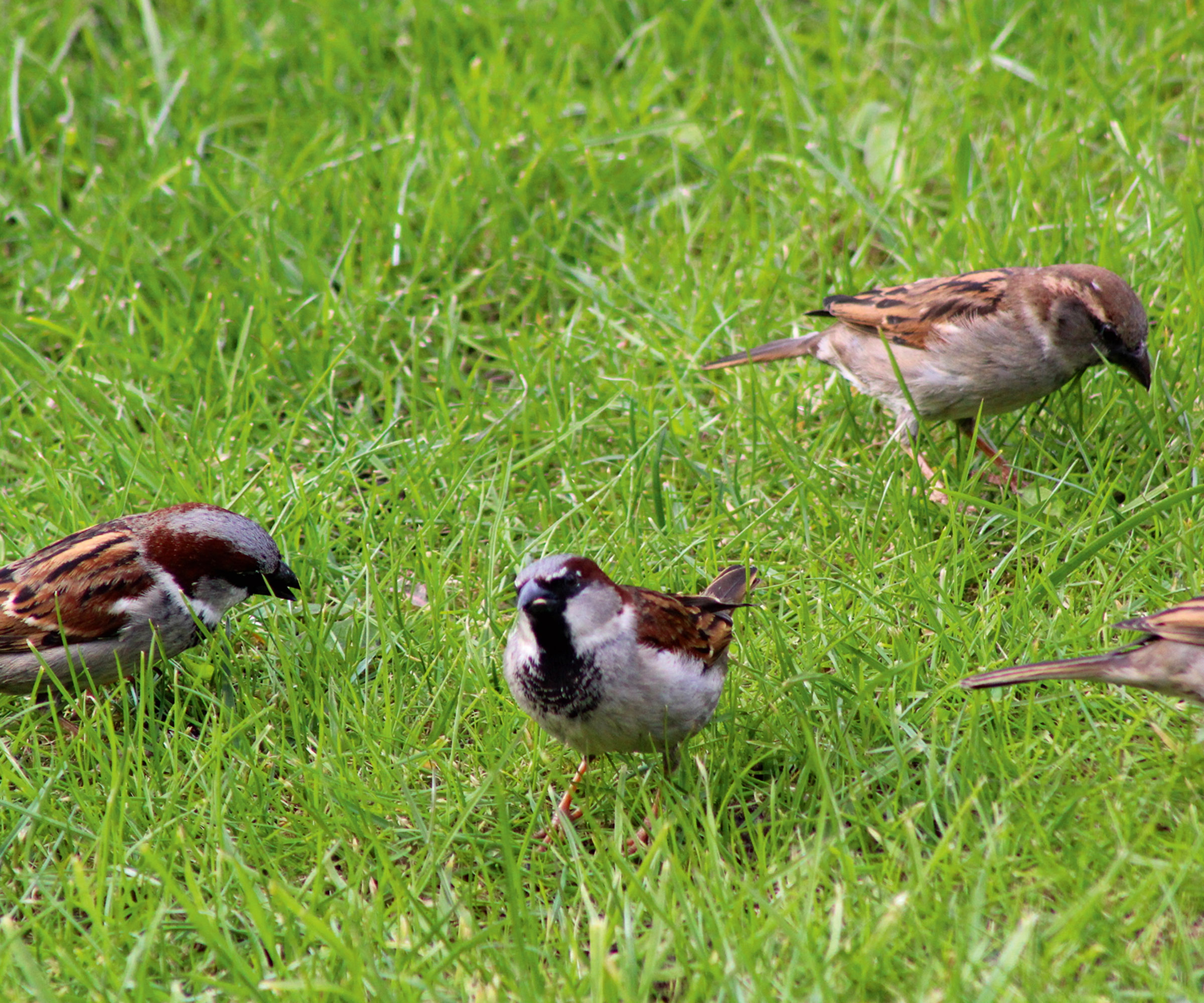
6. Invest in a motion activated device
"I have encountered tales of anecdotal success using motion-activated deterrent gizmos that startle birds through noise or water jets when they encroach on the seeded territory," says Dr Daisy May.
There are many options to buy including ones which look like garden ornaments, and so blend into your garden rather than sticking out like a sore thumb. Some sprinkler systems can also be set to motion activate, which not only waters your seeds sporadically but also keeps birds away.
"Just beware that birds are intelligent little adaptors – they may simply get unfazed by the tricks over time," advises Dr May.
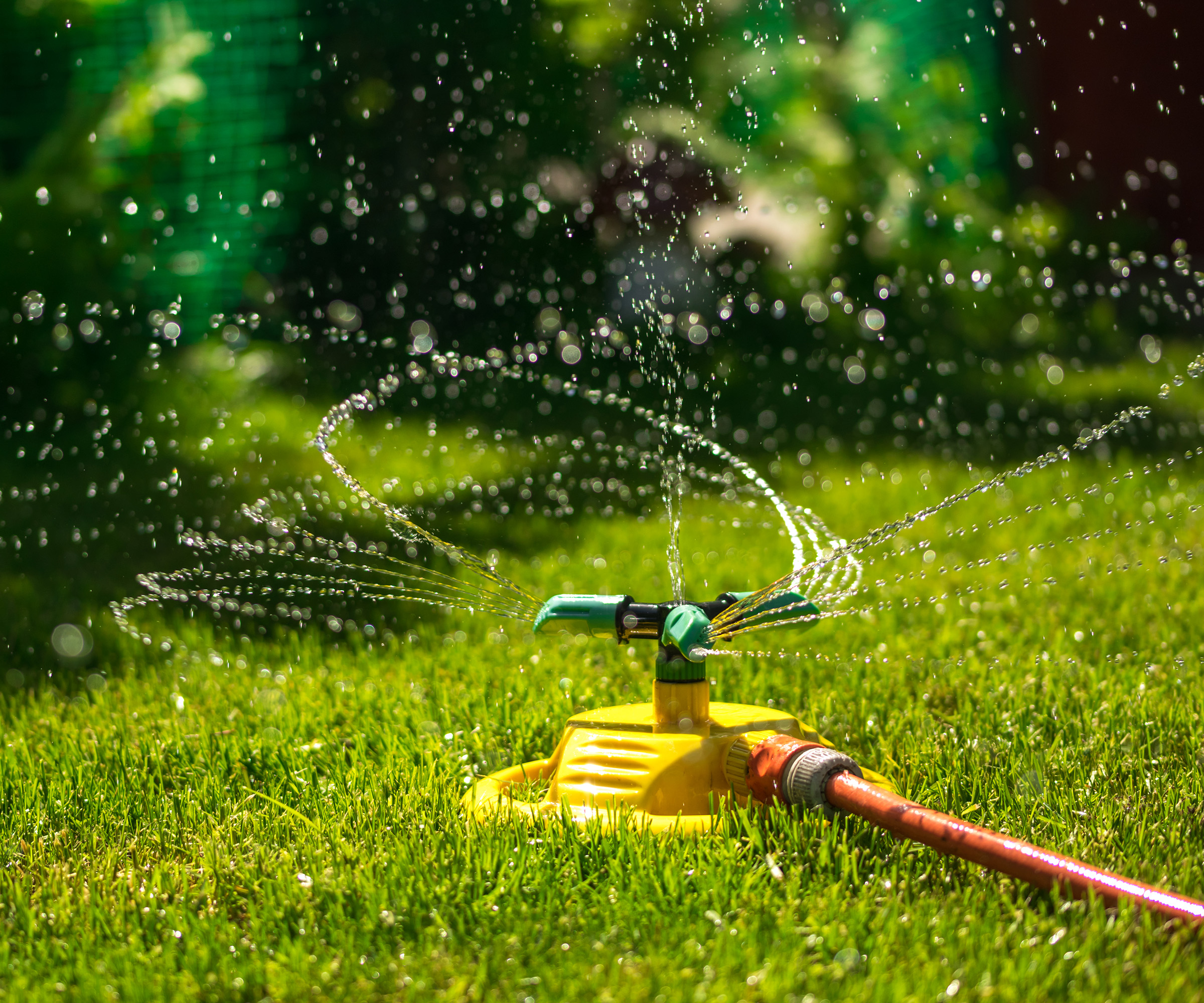
7. Use a specialist grass seed that birds don't like
"There's an array of seed coatings and repellents marketed to make grass seed unpalatable or even mildly irritating for birds. But from what I've seen, results on their deterrent powers tend to be pretty mixed," says Dr May.
These types of products have seeds individually wrapped in their parcel of lawn fertiliser, which feeds the seed rather than nearby weeds.
Shop coated grass seed for bird deterrent

Seedbooster® coatings are unpalatable to birds and act as a harmless bird deterrent, ensuring that seeds are left alone to germinate. Seedbooster® is a two-in-one coating that was developed for the professional turf market. Each seed is wrapped in its parcel of fast and slow-release fertiliser
Lawns can be difficult to cultivate and if you have had repeated bad luck with your lawn it might be time to ask yourself if it's worth continuing with.
More people are ditching their lawns and opting for low-maintenance gravel garden ideas instead.
EDITOR’S NOTE: An earlier version of this article included a quote from a purported expert whose credentials we have not been able to verify. The quote has been removed. We regret this lapse in our verification process and have updated our internal protocols to reduce the risk of recurrence.
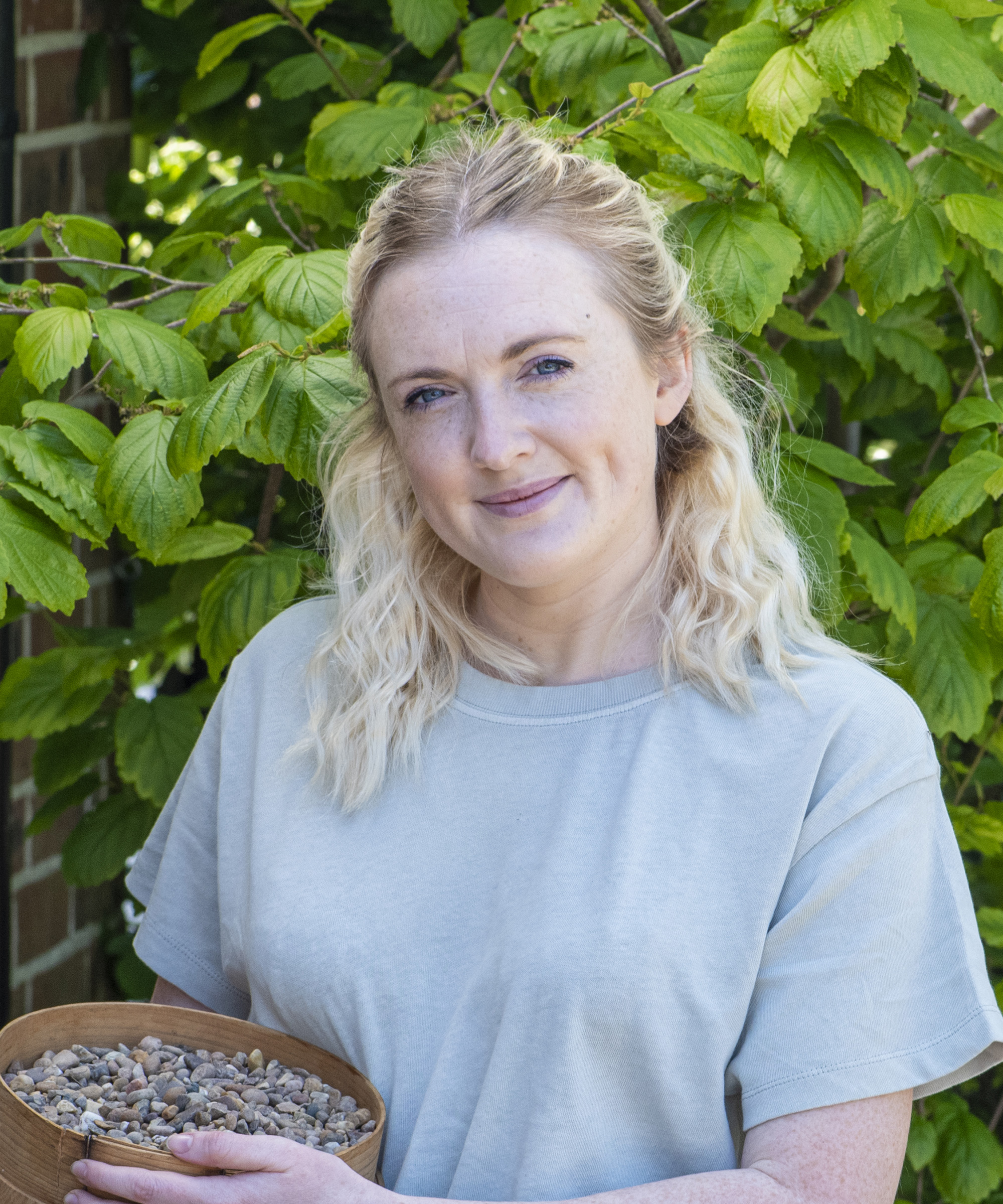
Teresa was part of a team that launched Easy Gardens in 2018 and worked as the Editor on this magazine. She has extensive experience writing and editing content on gardens and landscaping on brands such as Homes & Gardens, Country Homes & Interiors and Living Etc magazine. She has developed close working relationships with top landscape architects and leading industry experts, and has been exposed to an array of rich content and expertise.
In 2020 Teresa bought her first home. She and her partner worked alongside architects and builders to transform the downstairs area of her two bedroom Victorian house in north London into a usable space for her family. Along the way she learned the stresses, woes and joys of home renovation, and is now looking to her next project, landscaping the back garden.
